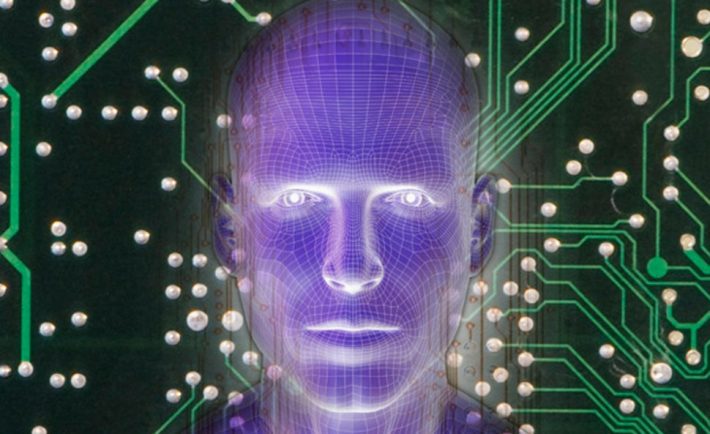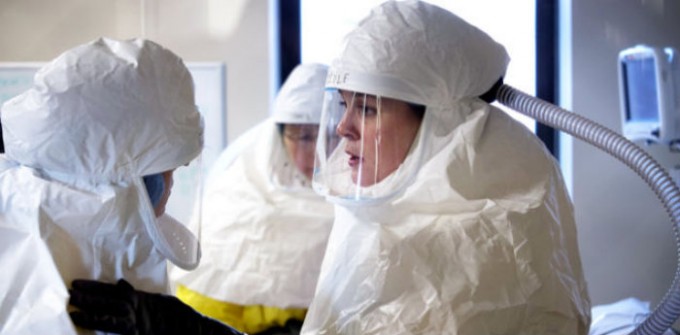
The diagnostic review of specimens in a pathology lab is conducted with formal, standardised measurement protocols, which are useful worldwide. However, these protocols ask for pathologists to use their eyes, their gut-instinct and their judgement, which does not make for exact measurements. In addition to this, most pathology labs find their workloads are increasing in volume and complexity, so there’s a real challenge.

The 3 Qualities That Medical Professionals Look For In Their Tech
Using the current protocols can lead to unacceptable variability in results and readings, which translates as increased patient risk, especially when treatment decisions are based on these readings.
Technology to the rescue?

10 technologies changing the future of healthcare
As with most fields in medicine, digital technology is coming in to aid the human eye and its judgement. As yet, there hasn’t been enough clinical studies to back up the use of image analysis, but early adopters are reporting big improvements in accuracy when they use image analysis software. It’s possible that before much longer, using just the human eye will be seen as primitive and maybe even irresponsible.
How good are today’s protocols?

Technology for Disease Control and Prevention
Pathologists today have to look at protein expression in cells, as well as changes in cell nuclei and the concentration of tumour cells in a sample. They use a mobile app, counting grids or even pens and paper to keep count. Some pathologists still rely heavily on their eyes and even though the protocols are designed to reduce variability, they can’t eliminate it as much as is needed to give foolproof diagnoses. In some studies, the results from “eyeballed” samples reviewed by different pathologists varied as much as 20% in terms of tumour cell concentration and stage. This variation can lead to delays in treatment or even the wrong treatment.
There is, then, a pressing need for new ways to review samples that eliminate this variability. Companies like Bitplane are working to develop better and better image analysis tech so that each diagnosis is more reliable.
Image analysis is becoming more widespread

5 Amazing Ways That Robots Are Being Used In Medicine
More labs are adopting digital technology so that diagnoses are made quantitatively, not just by experience and judgement. By using digital images rather than physical slides, algorithms can be brought in to help the pathologist make better decisions. These decisions can also be made more rapidly, without the need for second or even third opinions. Time is often of the essence when cancer is suspected.
One barrier to the adoption of image analysis tech has been badly-designed user interfaces and a worry that it’s too slow for routine reviews. Although there are tools available that are speedy, these often haven’t been well-integrated into diagnostic software; thankfully this is changing.
A work in progress

How Technology Is Transforming Health Care
Of course, image analysis can’t be used for all applications and in all diagnostic protocols, but it will definitely play an increasing role when it comes to the further standardisation of protocols. It will also make results less variable and offer quantitative results rather than estimations. It’s likely, given all the advantages that image analysis can offer to the pathology lab, that there will come a point in two or three years when “staying analogue” will be seen as irresponsible and even reckless.




